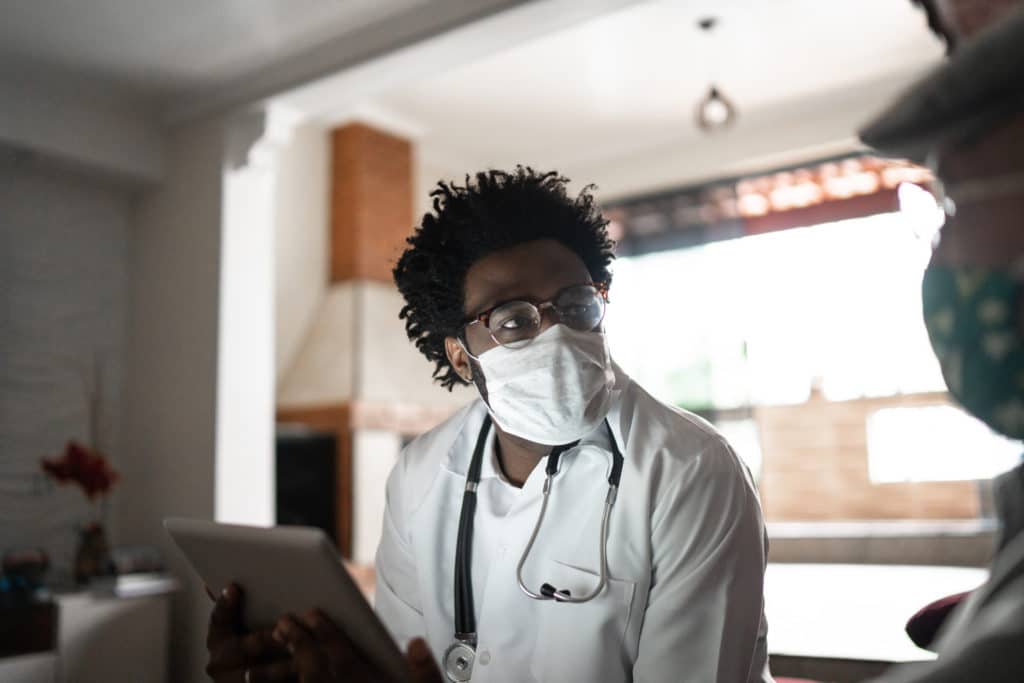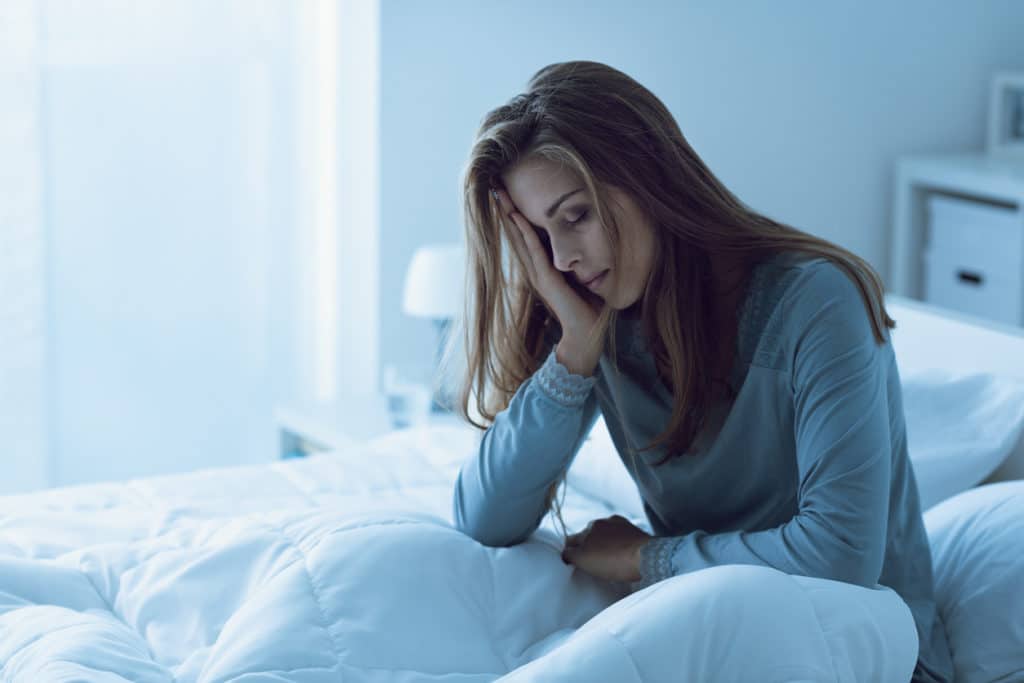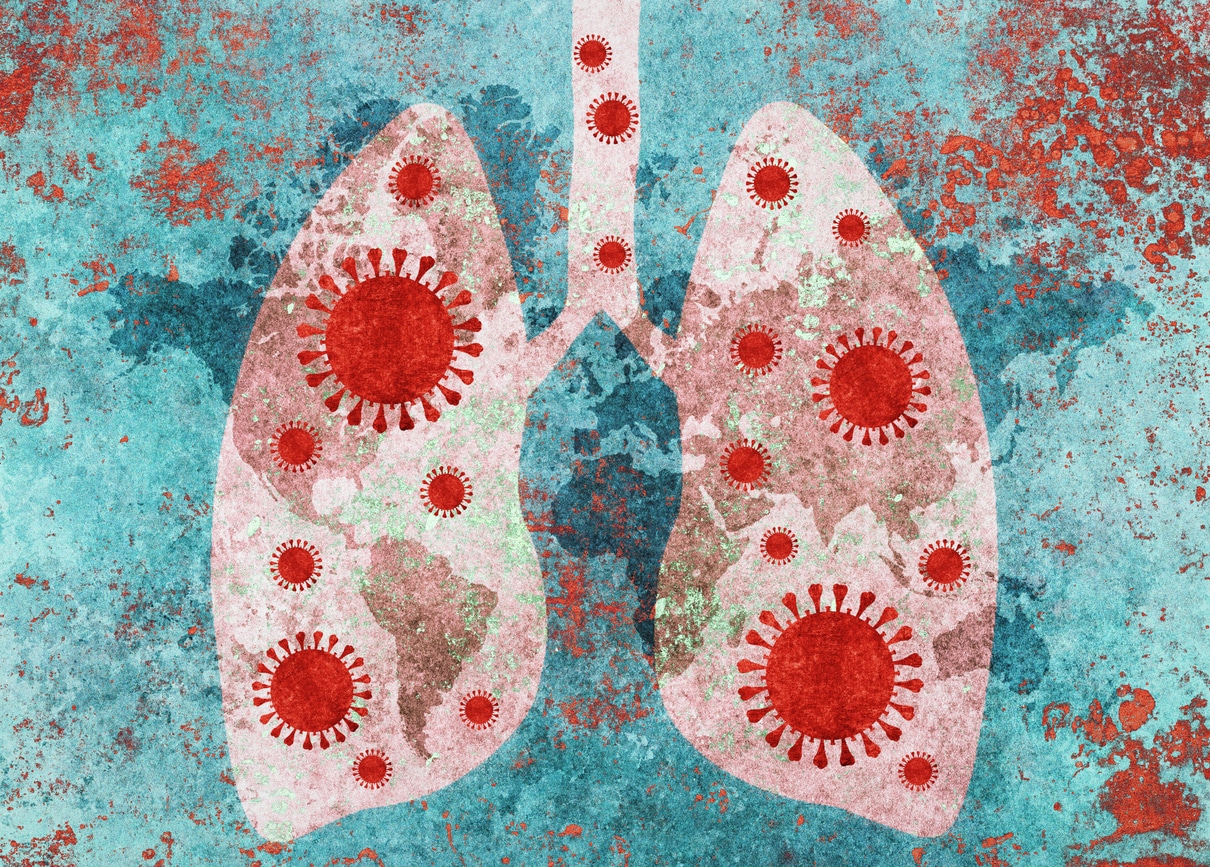We’ve heard the seemingly reassuring statistic: 80% of all cases of coronavirus (COVID-19) are “mild.” But the symptoms you get in mild COVID-19 are not what most people would call mild. Yes, for some, the symptoms can be easily confused with a cold or the flu. But for many, the illness is quite different from anything they’ve ever experienced before.
So how do you know when it is safe to self-care at home, and when should you worry?
Here’s what a mild coronavirus infection actually looks and feels like — based on scientific evidence, accounts from the front lines, and some firsthand experiences from members of GoodRx.
What is mild coronavirus?

Large volume studies from China (44,672 confirmed cases to be exact) showed that around 81% of people infected with coronavirus (SARS-CoV-2) had what were described as “mild” symptoms.
By mild, we might imagine symptoms typical of a cold or the flu. But for many, the symptoms of mild COVID-19 are not what any of us would usually call “mild.” In coronavirus jargon, “mild” really just means that you don’t have a life-threatening illness requiring hospitalization.
We don’t have a whole lot of data about what the symptoms of “mild” coronavirus are or how common they are. That’s because most people affected rightly stay home, and many do not have access to testing — yet. Until there is random testing of the entire population and routine surveys of symptoms, we will not have a clear understanding of how widespread the SARS-CoV-2 infection is, nor will we know the full picture of how the virus can affect us.
And even for those who are currently being tested, there are many “false negative” tests. False negatives happen when a test doesn’t correctly identify a positive case as positive. It can happen because the sample wasn’t collected properly, or because the sensitivity of the test just isn’t strong enough.
This means that what we know about the symptoms of COVID-19 comes from people who are hospitalized with their symptoms. This will change as we become better acquainted with SARS-CoV-2 and the illness it causes. But right now we don’t know a lot about people with “mild” or non-severe COVID-19 who stay at home.
What we do know, from reading published case reports of individual cases, and speaking with people who have had COVID-19, is that not everyone with coronavirus infection feels the same. While many people have symptoms that fit into predictable patterns, there are always exceptions.
And some people show no symptoms at all. These people are what we call “asymptomatic carriers,” meaning that they don’t have symptoms but they can still transmit the virus. The data on how many people infected with coronavirus are asymptomatic varies widely from study to study, and is anywhere from 5% to 80%.
Typical symptoms of mild coronavirus cases

We’ve spoken to some of our co-workers here at GoodRx about what are being called “mild” symptoms of COVID-19. We’ve also spoken to healthcare professionals on the frontlines who have been affected themselves, or who have seen and heard many first-hand accounts of mild coronavirus infection in their patients and relatives.
Here’s what we heard:
- Fever is common. The fever is often (but not always) high, reaching above and beyond 100.4°F. It can last for many days, or just a few. Not everyone we spoke to had a fever, though.
- Tiredness and weakness are severe. People report being unable to stay awake and sleeping up to 20 hours a day.
- Loss of appetite, loss of smell, or loss of taste is a common symptom. Many people say they have to force themselves to eat or drink.
- Nausea, diarrhea, or both, are often experienced. Some people have these symptoms just once; others can get them for the whole time they are unwell.
- Muscle aches, especially in the upper body and neck, are common. Headaches, too.
- Some have a runny nose and sore throat.
- Not many folks with mild (or early) COVID-19 have a cough or shortness of breath.
- It often takes a full 10 to 14 days to feel well again, and sometimes more.
- It’s scary: With a cold or the flu you know you’re going to get better. With confirmed or suspected COVID-19, you have no guarantee, and your mind races.
How to care for mild symptoms of COVID-19
If you think you have COVID-19, the first thing to do is to isolate yourself from the public and anyone else who is not sick in your household. Don’t leave your home until you are free of fever for 3 full days, your symptoms have improved, and at least 7 days have passed since your first symptoms.
The next thing to do is to call your healthcare provider. If you don’t have a healthcare provider, HeyDoctor by GoodRx offers free online screenings where you can fill out an assessment, and a healthcare provider will let you know if you should continue to stay home or seek medical care. If your provider thinks you should be tested for the coronavirus, you can find a testing center near you here.
Mild symptoms, like cough, body aches, and fever can be treated with over-the-counter cold and flu medications, or simple acetaminophen (Tylenol). Ibuprofen (Advil) is probably safe if acetaminophen isn’t enough. Get plenty of rest, nutrition, and hydration.
Chart your own symptoms

If you are self-caring for mild COVID-19 at home, it is a very good idea to keep a medical chart of your own. This will help you know — objectively — if you’re getting worse or better and will help your healthcare provider know more about your illness if things do get worse.
Here’s what to track:
- The date.
- What symptoms you are experiencing. Try to score them out of 10. Are they new, worse, or better?
- What medication you take, the dose, and the time.
- Your temperature reading, and the time at which you take it.
- Lie down and count your wrist pulse for 60 seconds. Do this morning and night, and write it down as the number of beats per minute. The normal range is 60 to 80 beats per minute (bpm). It is normal for your heart to beat faster if you are unwell, dehydrated, or have a fever. But if your heart rate is consistently high, like over 100 bpm, and especially over 120 bpm, then that can be a sign that you need medical attention.
- You can also count the number of breaths you take in 60 seconds. Try to breathe completely normally. Write it down as the number of breaths per minute. A normal breathing rate is usually between 12 and 20 breaths per minute. If it’s consistently lower than 12, or higher than 20, then that can also be a sign you need medical care.
- Measure your own blood oxygen level at home, using a pulse oximeter. You can buy one from Amazon, or a pharmacy. A normal blood oxygen level for most people is between 95% and 100%. If your blood oxygen level drops, it’s a sign you need medical attention. More on that later.
- Write down anything else you notice, as well as any thoughts or emotions you have.
Can mild symptoms of coronavirus become severe?
Yes, mild symptoms can absolutely turn into severe symptoms. Most people infected with the coronavirus start to feel symptoms around day 5. Symptoms can be pretty vague to begin with but may get worse as the illness progresses. If symptoms start to turn serious, this tends to happen 5 to 8 days after the start of symptoms, so around day 10 to 12 after the initial infection.
How do I know when to see a doctor?
If you have any of the following symptoms, you could be developing life-threatening COVID-19 and must seek medical attention immediately:
- New or worsening breathlessness that does not settle
- Inability to walk around your home, shower, or dress without getting out of breath
- Bluish lips or tongue
- New confusion or drowsiness
These symptoms are a sign of low blood oxygen. This is the most worrying feature of COVID-19, because your body needs oxygen to survive.
SARS-CoV-2 can cause a double lung infection (or bilateral pneumonia). When the lungs are full of infection, they cannot do the job of oxygenating blood. The lungs can’t get enough fresh air (oxygen) in, and they can’t get enough waste air (carbon dioxide) out.
Before oxygen levels drop, a person with severe COVID pneumonia will start to breathe faster and deeper. (This is easier to notice if you are charting your own symptoms.) If you notice this, you should call your healthcare provider straight away.
You don’t want to wait until your blood oxygen levels drop before seeking medical attention. Blood oxygen levels dropping is a sign the pneumonia is getting worse and that your lungs are in trouble.
If you have other symptoms that would usually worry you, such as chest pains, severe headaches, seizures, or weakness in your face, arms, or legs, then you need to get urgent medical attention, too (this is not an exhaustive list of symptoms). This was true before COVID-19, and it’s still true now.
Let the healthcare team know if you have, or think you might have, COVID-19 and cover your face with a cloth mask before coming into contact with healthcare providers and any other members of the public.

Dr. Sophie Vergnaud, MBBS
Clinical Physician
Clinical expert on the GoodRx Research team. She specializes in pulmonology and all things internal medicine.


